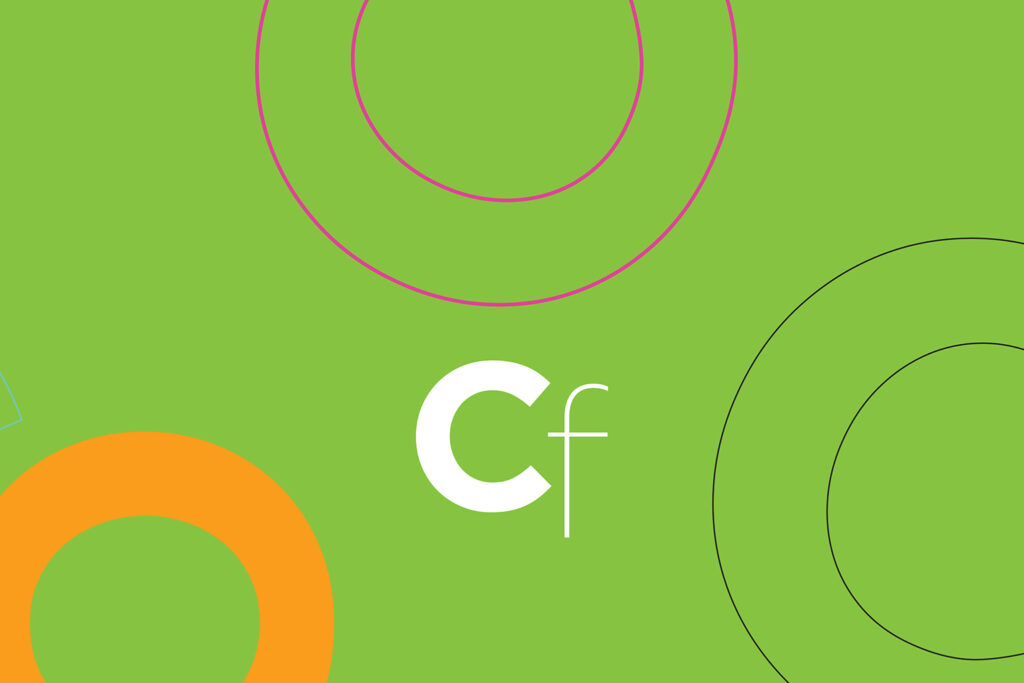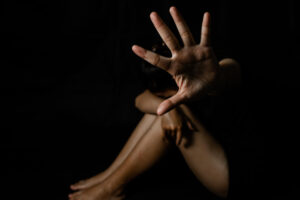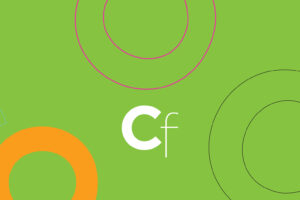Patty Chang Looks Into the Abyss


We watch as a woman slices open a glossy black baby porpoise on a Microsoft Teams screen recording. Artist Patty Chang explains what we’re witnessing in a voiceover: Aleksija Neimanis, a scientist, is conducting necropsies on these animals to determine causes of death and help prevent further species loss. Chang and writer Astrida Neimanis are present in the virtual form of little video boxes on the screen — three mothers and a baby, the artist notes. The video installation “We Are All Mothers” (2022), part of Chang’s exhibition Touch Archive at Bank gallery, meditates on motherhood, and more broadly, on empathy, connection, and violence across space, species, and time.
In the stomach of the baby porpoise, Aleksija finds breastmilk. At this point in the piece, Chang interpolates snippets from her video series Milk Debt (2018–21), in which mothers narrate their secret fears while pumping breastmilk. Its title comes from the idea in Chinese Buddhism that children owe their mothers payment in the afterlife for nourishing them in infancy. A twisted version of this idea resurfaces heartbreakingly in “We Are All Mothers” when we learn that a mother porpoise rids herself of toxins by passing them to her baby via breastmilk, which Chang likens to generational trauma. But it’s also an interspecies trauma, cycling from “human-machine assemblage to waterway, ocean, and atmospheric current, to plankton, to whale, to breastfeeding body,” as she puts it, quoting from Astrida’s Bodies of Water: Posthuman Feminist Phenomenology (2017).

Upon Aleksija’s discovery of the breastmilk in the baby’s stomach, a horrifying possibility occurs to Chang: What if the porpoise had breastfed not before getting caught in the net, but after, its mother offering her milk to soothe it one final time? It’s a deeply discomfiting proposition, the kind of thought one immediately pushes away. Chang moves closer to it instead. She thinks aloud about her own son, Leroy, and what she would do if a similar tragedy befell him — he is crushed by concrete, or cut in half by a metal blade, or pinned by a car, but still living.
It’s a clear act of empathy to make the leap from a porpoise to one’s own child. But it’s made peculiar, and perhaps deeper, because of all the mediating factors. Chang is across the world, watching this procedure from a perched laptop. She bridges this distance via proxies, asking Aleksija to put her hand on the porpoise and take a moment with it before disposing of its remains. There is distance even in this gesture — latex glove, plastic bag — but, as she puts it, “at the moment of touch, it enters into me. In this archive, her body becomes mine.”

Chang similarly reaches us through time and space via proxies. At the beginning of the video, we see Chang’s hand flipping a grid of four-by-six-inch (~10 x 15 cm) photographs of Aleksija touching these porpoises. Visitors to the Bank exhibition are invited to touch a version of these photographs, to turn them image side down so all we can see is the blank back (“Memory Game,” 2022). This act takes on another connotation when we recall that much of this video was made during the height of the COVID-19 pandemic, when closeness could mean death. Arranged in a grid on a table, the photographs look almost like Zoom video boxes; turning one over, therefore, feels like closing oneself off to the world.
These meditations on connection across people, time, and species — and what we owe one another — take on an extra charge in relation to Chang’s works on view concurrently in Monstrous Beauty: A Feminist Revision of Chinoiserie at the Metropolitan Museum of Art. In the video “Melons (At a Loss)” (1998), she delivers a deadpan monologue about the imagined death of an aunt as she slices, spoons out, and eats a melon housed in her bra, symbolically cannibalizing the life-giving source in her female Asian body. “Abyssal” (2025), commissioned for the exhibition, is a porcelain massage table riddled with holes, a reference to the six women killed in the Atlanta spa shootings in 2021 — a hate crime reflecting the rise of anti-Asian violence during the height of the pandemic. After the exhibition, it will be sunk into the Pacific Ocean to serve as a deposit for growing coral, a form of burial and perhaps rebirth. Yet again, Chang makes palpable the largely abstract connections in cycles of violence and empathy between people, and between humans and the natural world.


Patty Chang: Touch Archive continues at Bank gallery (127 Elizabeth Street, Nolita, Manhattan) through April 26. The exhibition was organized by the gallery. Works by Patty Chang are on view at Monstrous Beauty: A Feminist Revision of Chinoiserie at the Metropolitan Museum of Art (1000 Fifth Avenue, Upper East Side, Manhattan) through August 17.






